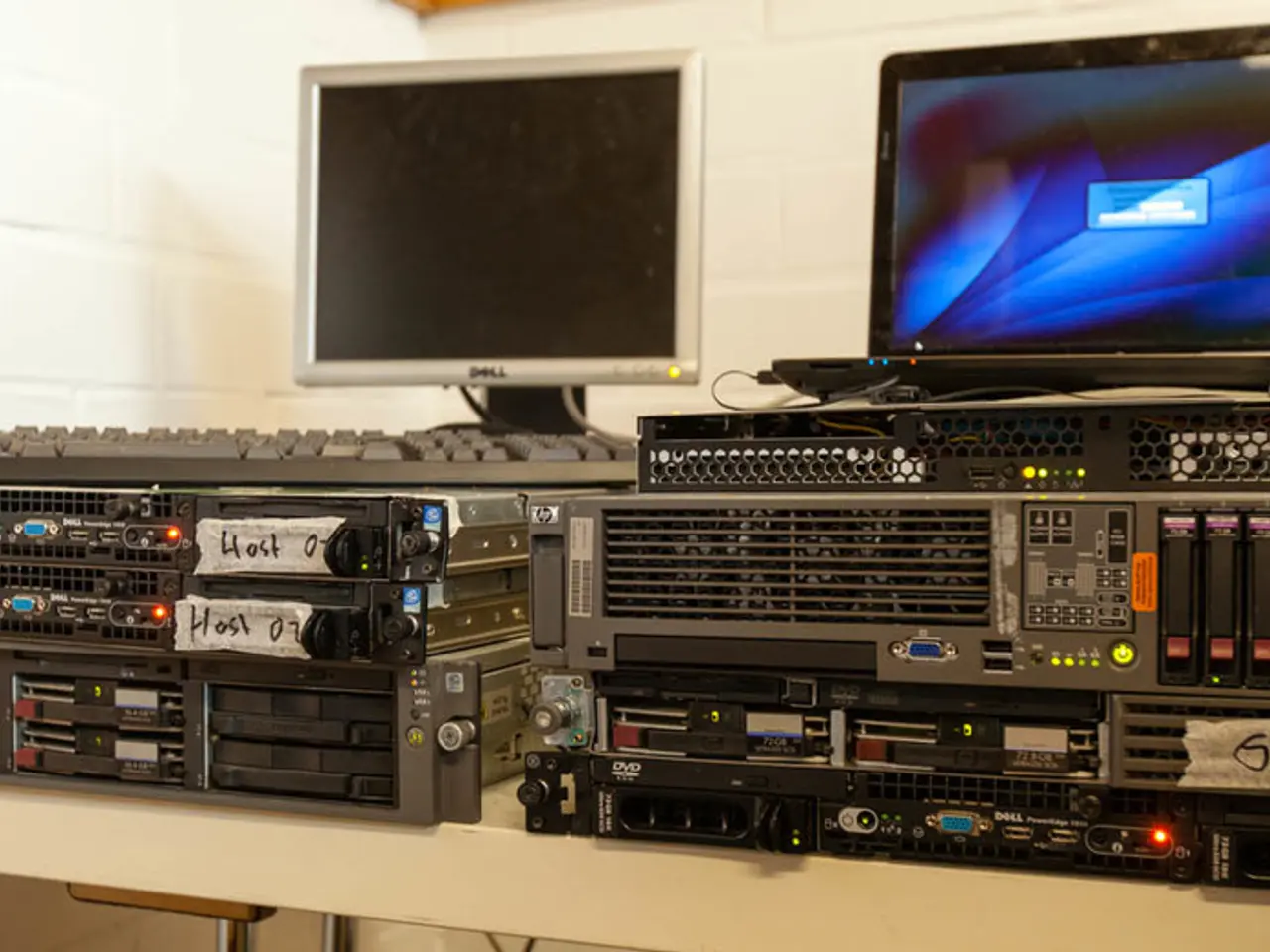Avoid Making Error Sources Out of Your Quality Control Systems
In the world of modern manufacturing, the pursuit of perfection is a constant endeavour. To achieve this, manufacturers are turning to advanced quality inspection systems that can detect and remove defective components in real-time, ensuring the highest standards of production.
One such system is the Kistler KVC 621 SE optical quality inspection system, an example of inline inspection for series-produced components. This high-speed system can inspect up to 4,000 parts per minute for dimensional accuracy and surface defects.
At the heart of this system is a programmable logic controller (PLC) that initiates the individual steps such as recording, data transfer, and evaluation. The system uses up to three integrated camera stations for testing, and when an image has been taken, the camera sends a signal to the PLC, transmitting the image to the KiVision image processing software for evaluation.
However, the use of such advanced technology is not without its complexities. Manufacturers must ensure a strategy to verify the testing and safety of their production processes. This is achieved through a multi-stage, systematic approach.
The first stage is the Initial Production Check (IPC), where raw materials, components, tooling, and process readiness are verified before production begins, preventing defects from the outset.
The second stage is During Production Inspection (DUPRO), where products are sampled during production (20%–50% completion) to detect defects early, monitor workmanship, and enable immediate corrections.
The third stage is Inline Real-Time Defect Detection, which uses automated, high-speed inline measurement systems integrated into production lines. These systems can detect defects like shorts, missing holes, or surface flaws instantly, often powered by technologies like computer vision and AI models that classify defects and trigger alerts for “fail” or further inspection.
The fourth stage is Non-Destructive Testing (NDT), employing techniques such as ultrasonic testing (UT), phased array ultrasonic testing (PAUT), eddy current testing (ECT), and digital radiography (DR) to detect internal and surface defects without damaging components, ensuring structural integrity and traceability.
The fifth stage involves Calibration and Certified Procedures, where calibrated equipment operated by certified inspectors following documented international standards ensures accuracy, repeatability, and compliance with regulations and industry standards like ISO 9001 or IATF 16949.
Lastly, Data Management and Process Optimization stage provides continuous, traceable data, allowing manufacturers to optimize processes, reduce scrap and rework, and maintain consistent product quality.
Precise definition of interactions between individual components and inspection steps is also necessary. For instance, the KiVision software handles the evaluation of the inspected parts.
In conclusion, manufacturers are ensuring the reliability of their inline inspection processes by integrating real-time monitoring, advanced testing methods, and certified procedures. This comprehensive quality inspection framework detects defects early, supports real-time decision-making, and ensures only components meeting specifications proceed, maximizing reliability in manufacturing lines.
In the financial aspect, such advancements in manufacturing industry, particularly with technology-driven quality inspection systems, can lead to increased production efficiency and reduced waste, resulting in potential cost savings.
Moreover, the integration of computer vision and AI models for real-time defect detection in the technology sector not only enhances the efficiency of production lines but also fosters a safer work environment by minimizing human exposure to hazardous conditions.




